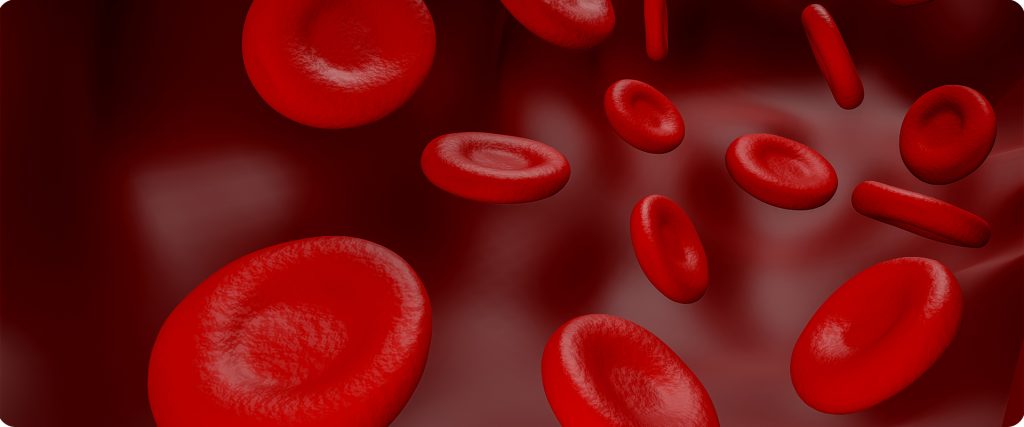Deep Vein thrombosis (DVT) occurs when a blood clot forms in one or more of the deep veins in your body usually in your legs. These clots can cause swelling, pain but may also be asymptomatic.
Deep vein thrombosis occurs in some preexisting medical conditions however more commonly occurs with prolonged immobilization especially after an accident or surgery. Unfortunately after orthopaedic surgery on the lower limb, patients will be immobilized in a plaster or boot further increasing the risk of deep vein thrombosis.
Pulmonary embolism is a serious complication of deep vein thrombosis which occurs when the clot breaks away from the deep vein then travels up and blocks the blood vessels to the lungs. This is a life-threatening condition that need immediate medical attention. Signs and symptoms of pulmonary embolism include shortness of breath, chest pain, dizziness, rapid pulse and coughing up blood.
A DVT is formed by anything that prevents your blood from circulating or normally clotting such as and injury, surgery, medications or limited movements. Risk factors include blood clotting disorders, prolonged bed rest, injury, surgery, pregnancy, contraceptive pills, hormone replacement therapy, obesity, smoking, age, family history and sitting for prolonged periods of time.
If you are at risk of a Deep vein thrombosis certain preventative measures can be taken. If you can move around, stop frequently on longs drives and avoid sitting still this will reduce your risk. On a plane stand and walk occasionally. Mechanical measures such as flight socks also decrease the risk of DVT and advised to be used when in high risk situations. However, in certain situations stocking and movement is not possible such as when in a cast post-surgery. Your surgeon will often advise you to commence a blood thinner to prevent the risk of DVT during this period and monitor your symptoms clinically.
Deep vein thrombosis is a complication that requires constant monitoring of symptoms and preventative treatments to help reduce the risk of pulmonary embolism.
Get in touch with us for any enquiries you may have or to book a consultation.

